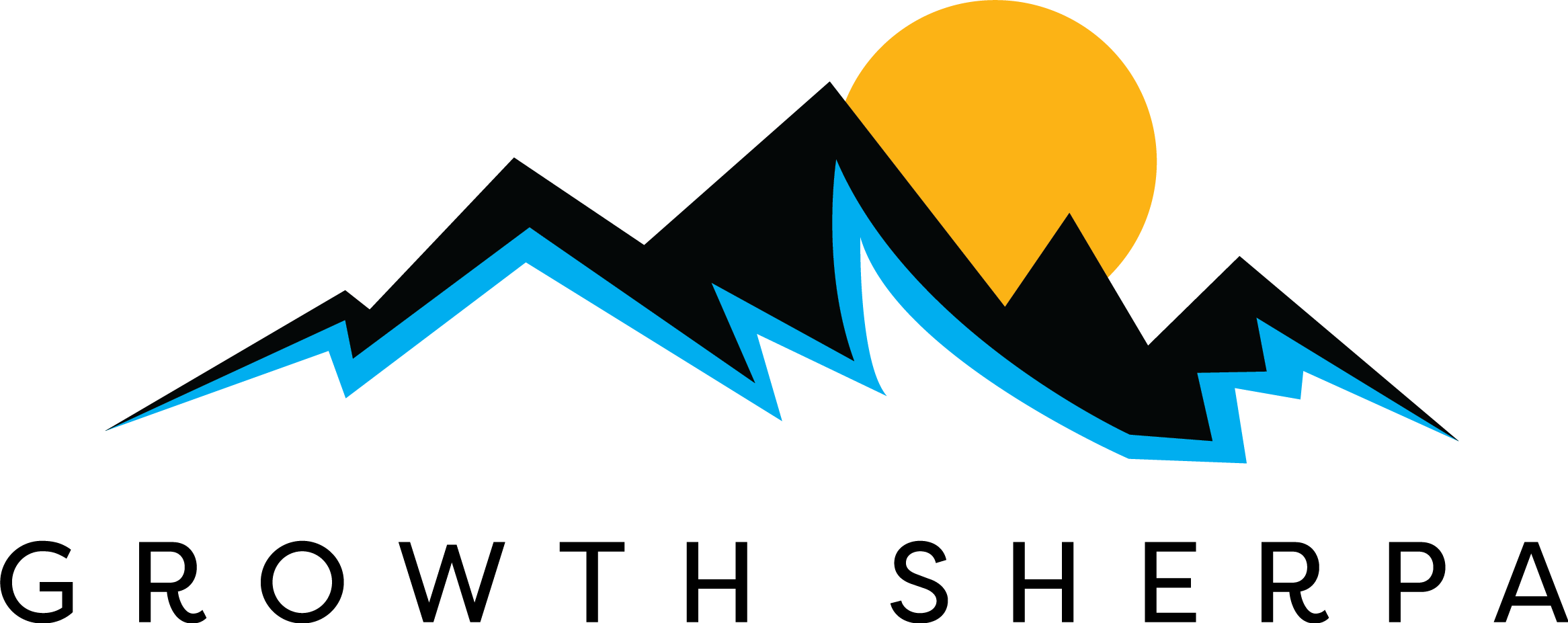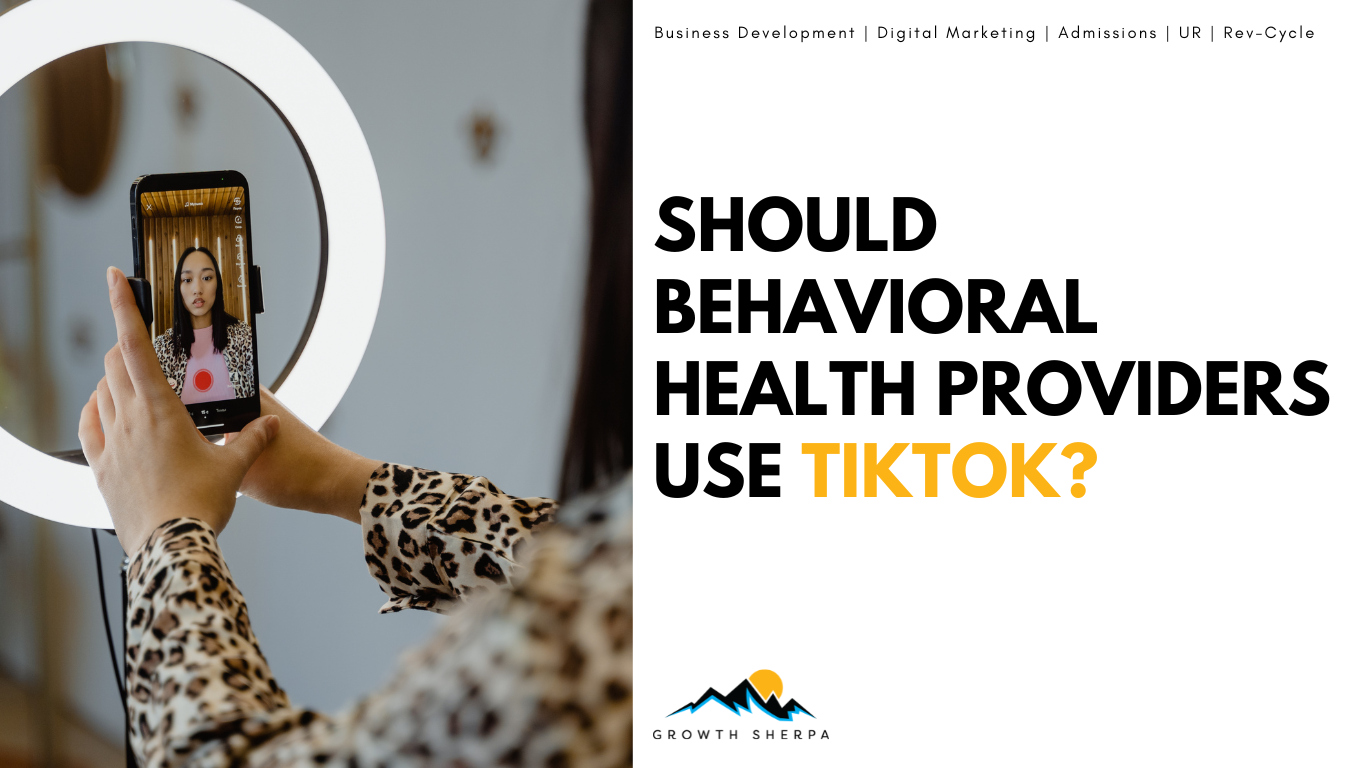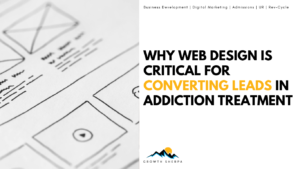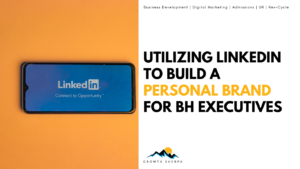In the dynamic world of digital marketing, platforms like TikTok have risen as powerful tools for engagement, education, and outreach. With over 170 million users in the United States, TikTok’s reach is undeniable. However, as of early 2025, the platform faces uncertainty in the U.S. market. On January 17, 2025, the Supreme Court upheld a law potentially leading to TikTok’s ban due to national security concerns. Shortly after, an executive order granted a 75-day reprieve, offering time for negotiations or a potential sale of TikTok’s U.S. operations to an American company.
This legal and political limbo leaves behavioral health providers pondering whether TikTok is a viable platform for outreach, especially given its unique ability to connect with diverse audiences. What are the benefits, risks, and alternatives to TikTok?
The Potential of TikTok for Behavioral Health Providers
TikTok’s short-form, visually engaging videos have revolutionized how information is shared and consumed. Behavioral health providers have an opportunity to leverage this format to break stigma, share mental health resources, and engage with audiences who may not seek information through traditional means.
Providers can address common mental health issues, provide coping strategies, and showcase therapy techniques in an engaging manner. TikTok also enables real-time interaction through comments and live sessions, fostering community and support. Its algorithm, which pushes content based on user interest rather than follower count, makes it easier for small providers to reach broader audiences.
Advantages of TikTok for Behavioral Health
- Reaching Younger Audiences
TikTok is particularly popular among younger demographics, including teens and young adults—an age group often in need of mental health support. Behavioral health providers can create relatable content that resonates with this audience, encouraging them to seek help. - Creative Content Delivery
The platform’s short, engaging video format simplifies complex topics, making them digestible. Topics like stress management, signs of depression, or tips for navigating therapy can be explained through storytelling, humor, or animations. - Building a Supportive Online Presence
Behavioral health providers can use TikTok to normalize mental health discussions and foster a sense of belonging. Participation in trends and challenges allows providers to stay culturally relevant while spreading meaningful messages. - Destigmatizing Mental Health
Personal stories, professional advice, and educational content can make mental health discussions less taboo, empowering individuals to take action toward their well-being.
Risks and Challenges
Despite its benefits, TikTok presents several challenges for behavioral health providers:
- Data Privacy and Security
TikTok’s parent company, ByteDance, has faced scrutiny over data privacy and national security concerns. This has resulted in regulatory uncertainty, making the platform’s future in the U.S. precarious. Providers must weigh the risk of investing resources in a platform that may be banned. - Oversimplification of Complex Topics
While TikTok thrives on brevity, mental health topics often require nuance and depth. There’s a risk that vital information could be oversimplified or misinterpreted, potentially leading to misinformation. - Professional Boundaries
The casual and public nature of TikTok requires providers to carefully navigate ethical boundaries, ensuring confidentiality and professionalism in every piece of content. - Algorithmic Challenges
TikTok’s content discovery relies heavily on trends and user preferences. Behavioral health providers may struggle to align their educational content with viral trends, limiting their reach.
Alternatives to TikTok
Given the current uncertainty surrounding TikTok, behavioral health providers should explore other digital platforms and strategies to ensure continuity and effectiveness in their outreach efforts.
- Instagram Reels and YouTube Shorts
Both platforms offer similar short-form video formats but operate in more stable regulatory environments. Behavioral health providers can use these channels to share engaging content without the concerns linked to TikTok. - Podcasts and Long-Form Video Content
Podcasts or webinars allow providers to dive deeper into mental health topics, catering to audiences seeking in-depth information. - Blogging and SEO
Well-crafted blogs not only offer detailed explanations of mental health topics but also improve a provider’s visibility on search engines, helping them reach local audiences actively searching for services. - Collaborations with Influencers
Partnering with trusted mental health advocates or influencers can amplify a provider’s message, reaching larger and more diverse audiences.
Should You Use TikTok?
Behavioral health providers considering TikTok must carefully weigh its opportunities against its risks. If your target audience is active on the platform and your team has the resources to create engaging, compliant content, TikTok could be a valuable tool. However, the platform’s regulatory challenges and potential bans necessitate a parallel strategy on other platforms to avoid over-dependence.
TikTok’s unique capabilities for engagement make it an enticing platform for behavioral health providers, but its uncertain future requires a cautious approach. Diversifying digital strategies across multiple platforms ensures providers can continue reaching their audiences effectively, regardless of TikTok’s status. Providers should remain informed about legal developments while leveraging alternative channels to share their message and make a lasting impact in mental health advocacy.




